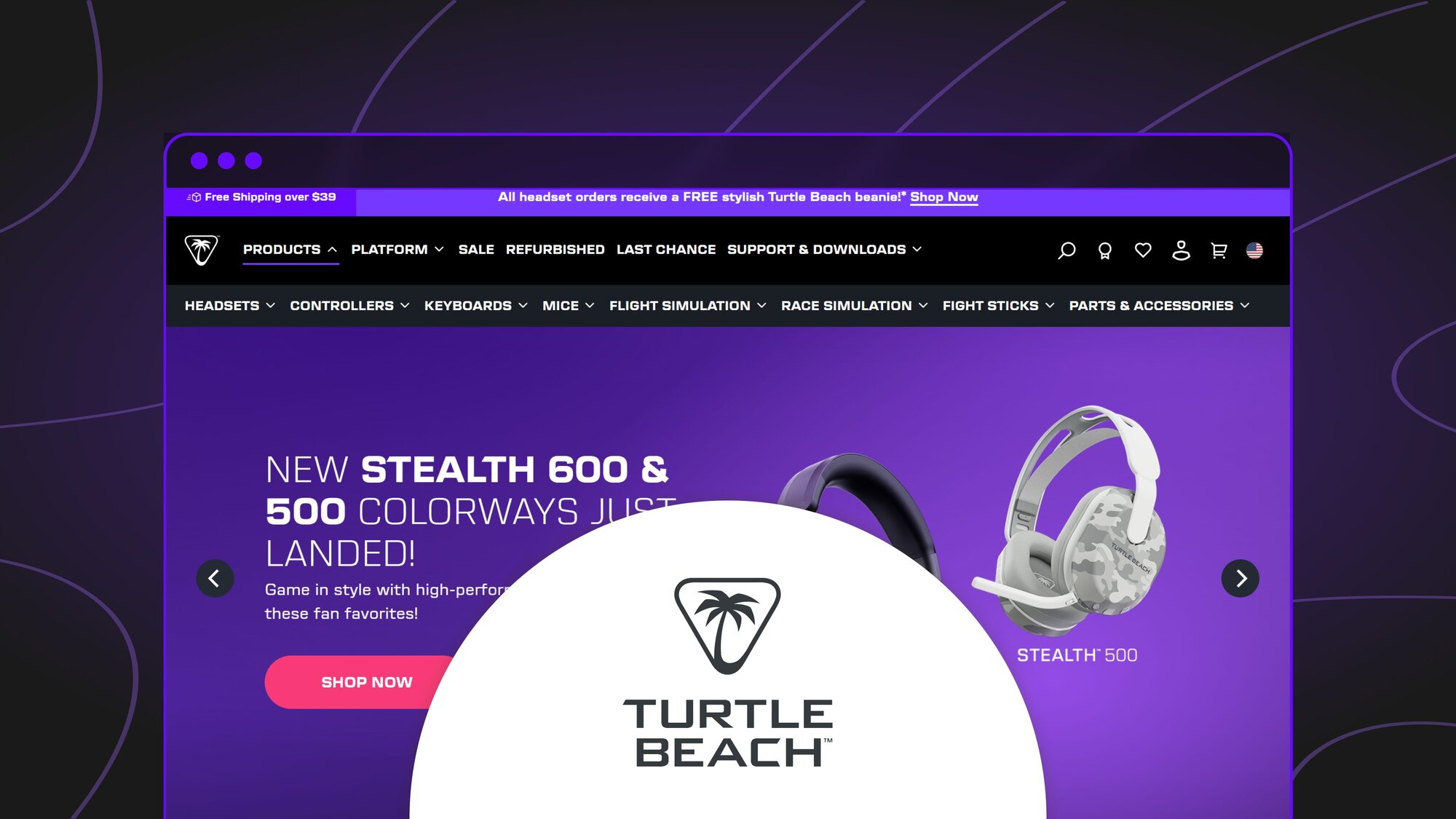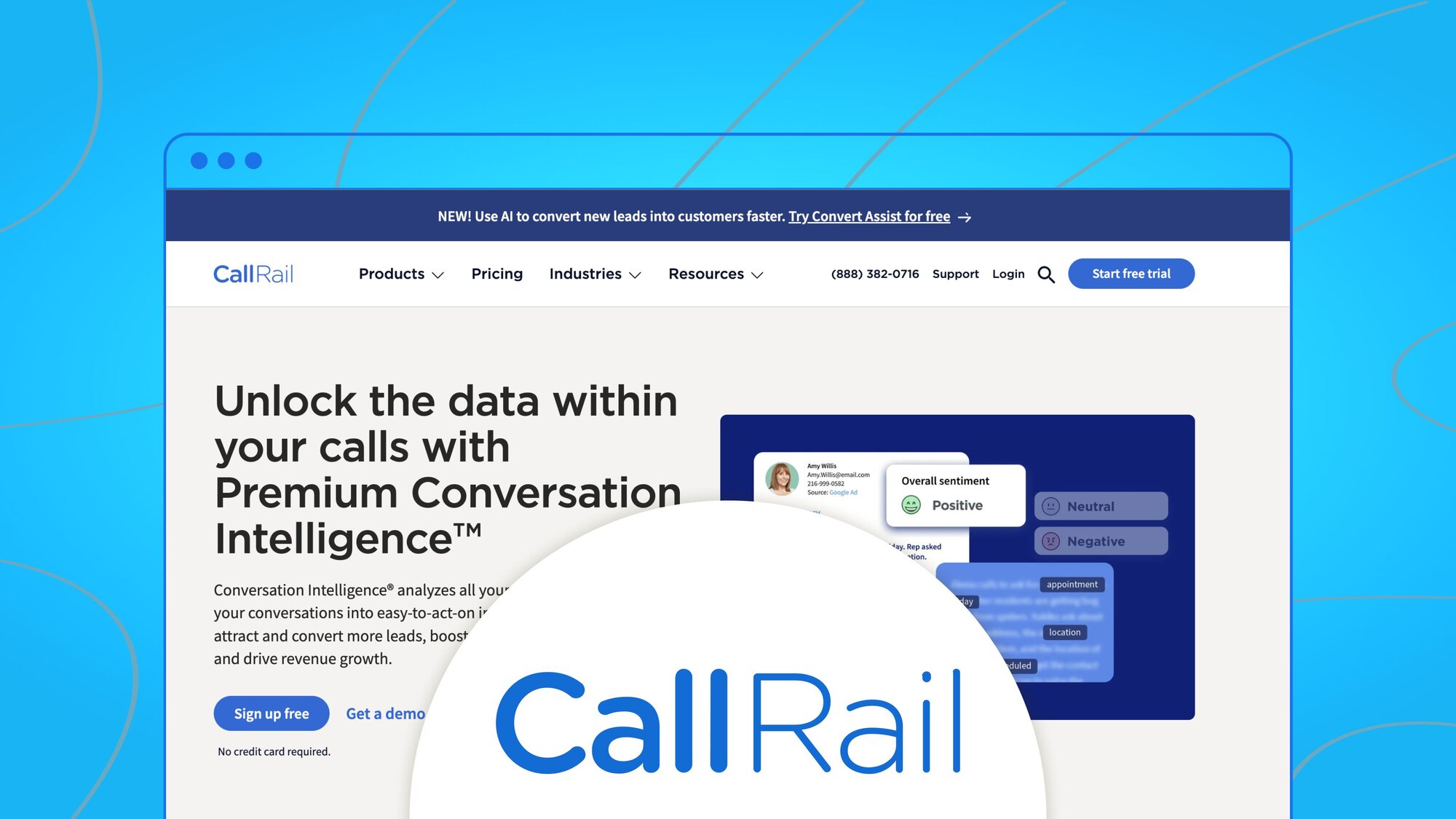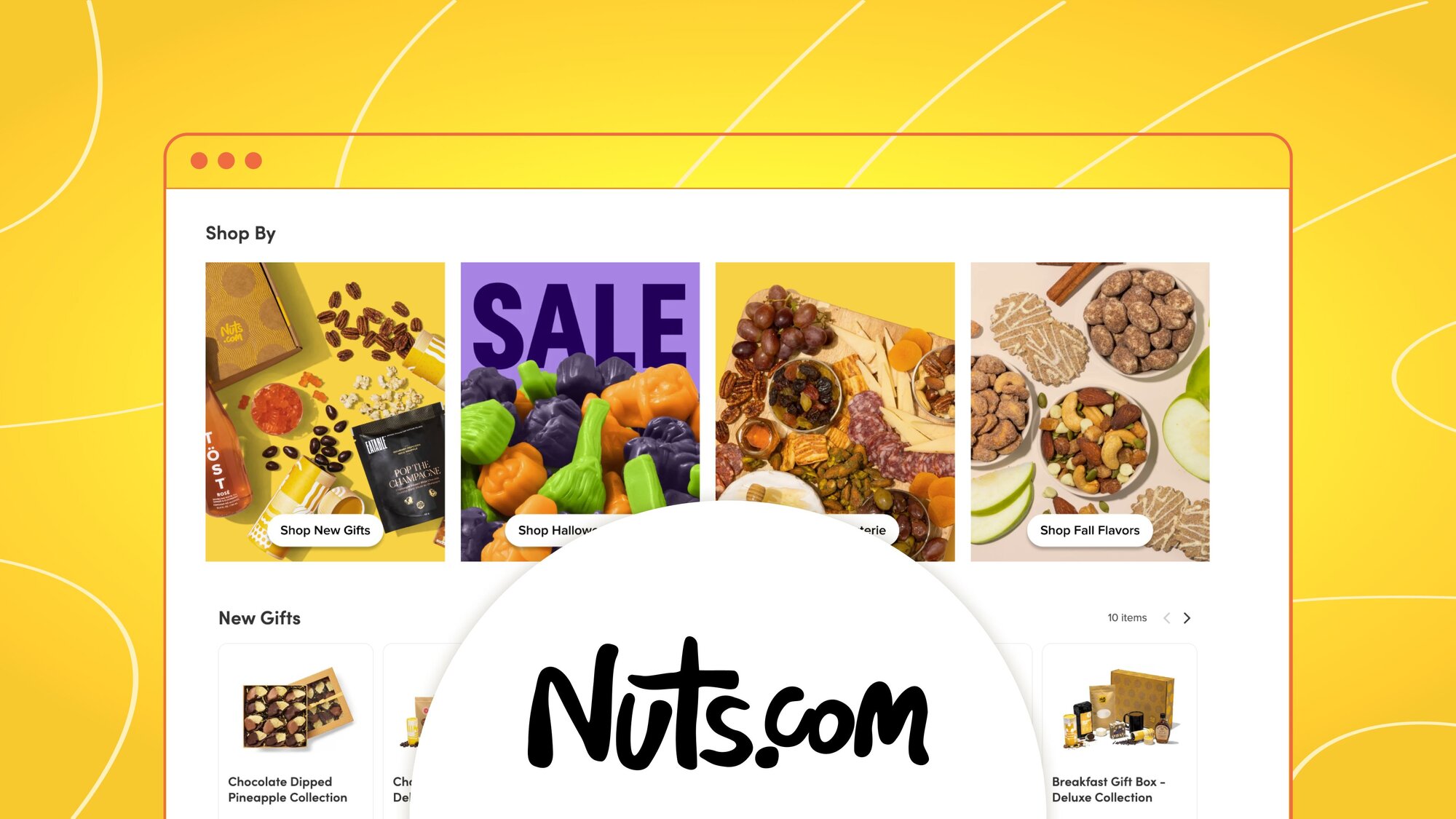TechStyle adopted Builder and saw
75%
more efficient workflows
20%
saved on development budget

Industry
Fashion
About TechStyle
TechStyle Fashion Group is the fashion group behind popular brands Fabletics, Savage x Fenty, ShoeDazzle, and JustFab. The company is a pioneer in online global fashion, known for creating the world's most innovative and influential international brands, each underpinned by industry-leading digital experiences.
Share this page
Link copied to clipboard!
TechStyle Fashion Group is the fashion group behind popular brands Fabletics, Savage x Fenty, ShoeDazzle, and JustFab. The company is a pioneer in online global fashion, known for creating the world's most innovative and influential international brands, each underpinned by industry-leading digital experiences.
To build world-class digital experiences across brands, geographies, and teams, Tim Collins, CTO of TechStyle Fashion Group, recently helped migrate the company to a modern ecommerce multi-brand architecture built with a custom commerce backend, Next.js, and Builder.io.
At the Builder.io Build event, Collins spoke about their approach to building, managing, and optimizing a component-driven, multi-brand ecommerce architecture, including:
- Why TechStyle shifted to a component-driven, multi-brand architecture with React-based frameworks.
- How they evaluated building vs. buying a tool that fulfilled all requirements from the engineering, product, and marketing teams.
- Why they chose Builder.io as their headless visual CMS.
Challenge
Free Up Engineering And Product Teams To Focus On New Digital Experiences
TechStyle's technology accelerates its fashion brands, but before their shift to a component-driven composable stack, the engineering teams were spending a considerable amount of time maintaining and building custom features on top of their content management system to meet the needs of the marketing team: the amount of time they spent just to, as Collins put it, keep the lights on, was getting in the way of building differentiated experiences that drove new conversions and better web experiences for their customers.


We were spending too much of our time adding small things to our previous content management system.
— Tim Collins, CTO at TechStyle Fashion Group
TechStyle was struggling to constantly build, test, and optimize new digital experiences because:
- The engineering team had to spend too much time on requests from marketing. For example, if a product category page on Fabletics.com had a button covering a model, the marketing team would have to request the one-off change from the engineering team.
- The product team had to project manage basic web fixes. In some cases, if something as minor as changing the color of a button or page layout needed to happen, the product manager would lose engineering resources and spend time creating and managing tickets for the minor but urgent task.
- The marketing team couldn't get new products to market quickly. Because the marketing team relied on product and engineering resources to bring new products to market, they were at the whim of dependencies outside their control.


Workflows is one of the most important things you should be looking for when you're bringing in any tool. How are your business users going to actually use the tool? What is their day to day going to look like?
— Tim Collins, CTO at TechStyle Fashion Group
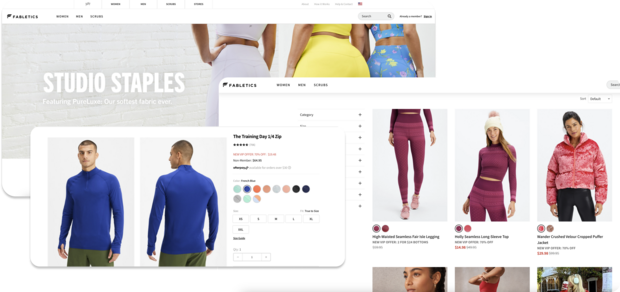
Ultimately, they decided that their content management system (CMS) wasn't meeting their requirements. As they set on a build versus buy journey, they evaluated CMS solutions that:
- Supported a component-driven multi-brand architecture. The CMS had to be headless and easy to scale to support a multi-brand architecture. For example, it needed to have localization built-in, quick to permission new employees or contractors, and easy to organize by the top-level organization, brand spaces, and multiple environments for dev, QA, and production.
- Helped the engineering team offload tasks. The CMS needed to have a way to enable business users to make changes to the site from the CMS without having to ask engineers to create and execute story points for basic tasks; it needed to include a way to show a preview view that didn't frequently break, and hosting and scaling the infrastructure for it had to be fully managed.
- Freed up the product team to focus on personalized experiences. The CMS needed to create efficiencies that, as Collins put it, got the product team out of the game of project managing basic tasks and allowed them to focus on core competencies like creating personalized experiences that drove better customer experiences.
- Allowed the marketing team to self-serve getting new products to market. The CMS needed to help the marketing team quickly get new experiences and products onto the site, and make minor updates once it's live. For example, if the text on a landing page accidentally covered an image of Lizzo in the header, the marketing team needed to be able to quickly make the change without requesting a change from product or engineering.
- Was cost-effective. The CMS licensing and productivity benefits needed to be more cost-effective than creating, hosting, and maintaining an in-house solution.
Solution
A Component-Driven Multi-Brand Architecture With Builder.io


Thanks to Builder, we diverted 20% of our development budget from content management maintenance to strategic growth initiatives like optimizing conversions and increasing member loyalty.
— Tim Collins, CTO at TechStyle Fashion Group
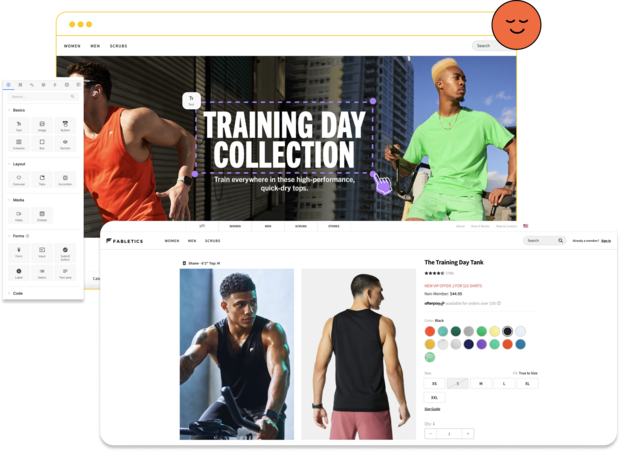


It probably makes marketing’s workflows 75% more efficient because there's less back and forth with engineers and product teams.
— Tim Collins, CTO at TechStyle Fashion Group
After conducting an evaluation of the market, a build vs. buy evaluation, and a proof of concept with another headless CMS, the TechStyle team found that a multi-brand architecture built with TechStyle’s in-house ecommerce solution, Next.js and Builder.io ultimately enabled workflows that:
- Reduced the time engineering spent on maintenance and QA tasks. Now, engineers don't have to get involved in minor site changes and managing CMS infrastructure or creating new features for the CMS, integrations with new services are more straightforward, and dedicated support makes breaking through blockers even easier. Additionally, shifting to component-driven architecture means rolling out changes across brands takes days instead of weeks. Now the engineering team can reuse components across brands, and they only need to QA components instead of having to QA entire experiences when they make a change. For example, instead of building and maintaining a preview feature that allows the marketing team to preview content changes before deploying them from the CMS, the TechStyle team relies on the preview functionality that comes out of the box with Builder.io.
- Allowed the product team to personalize experiences. Because the product team spends less time writing tickets for minor button changes and Builder.io has A/B testing and personalized experience orchestration, the product team at TechStyle can spend more time improving the TechStyle product and creating, testing, and iterating new personalized experiences.
- Made the marketing team’s workflows 75% more efficient. Now that marketers can self-serve changes and see the experiences they are composing in the Builder.io visual builder, there is less back and forth with engineers and product teams. Overall, it has decreased the time it takes to get a new product or change into the market. According to Collins, it has made their workflows 75% more efficient.
- Reduced overall costs. Collins estimates that the reduction in time spent on maintenance and hosting likely significantly reduced the total cost of ownership for the CMS.
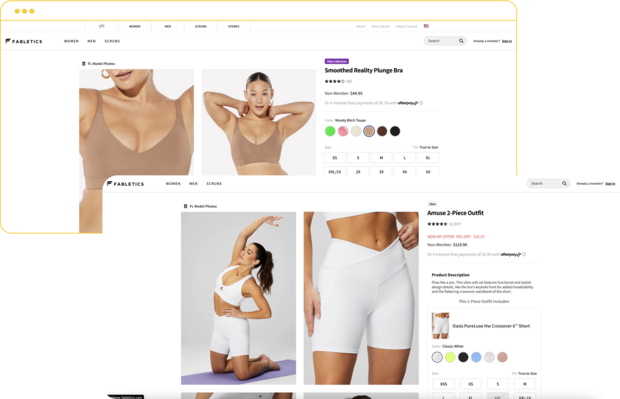
Read more customer stories
